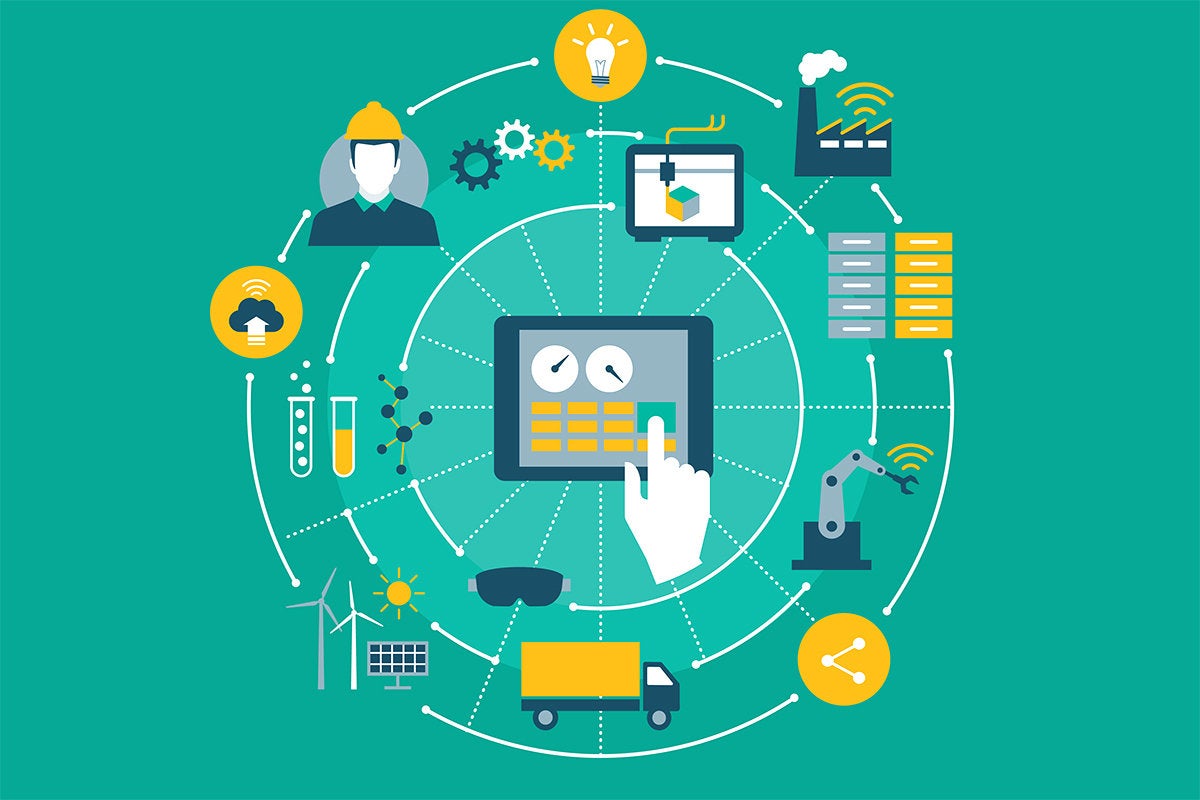- NotebookLM now lets you share your notebooks with anyone with a single link. Here's how
- Cornelis Networks offers alternative to Infiniband or Ethernet for HPC and AI networks
- This Android smartwatch from 2024 still outperforms the competition - and it's on sale
- Stay prepared for summer road trips with this discounted Nexpow roadside emergency bundle
- Learn how to make an AI chatbot from scratch | Docker
IoT technology is hitting an inflection point for businesses

A new survey released by UK-based research firm Omdia bears out some of the industry’s rosier predictions for IoT uptake among businesses, finding that almost four out of five companies expect to be actively deploying IoT within the next two years.
The survey, which was commissioned by IoT connectivity vendor MachineQ and collected responses from more than 200 enterprises in the manufacturing, retail, real estate and construction, healthcare and life sciences industries, also found that 70% of respondents said that they planned to have more than 50,000 IoT devices deployed within the next 24 months.
Part of the reason for this acceleration, according to the research, is that enterprises now believe they can expect relatively fast ROI from their expenditure on IoT. This ROI can take a huge range of different forms—from savings on maintenance thanks to more in-depth monitoring in a manufacturing setting, to more effective in-store marketing in retail—but the consensus appears to be growing that quick ROIs are now achievable. About 70% of respondents said that they expected return on their IoT investments within a year, with 40% saying that they expected it within six months.
IoT deployment still faces hurdles
Nevertheless, some enterprises are still experiencing stumbling blocks in their pursuit of IoT deployment. Deployment times, in particular, appear to be a problem, according to Omdia’s research, with 49% of survey respondents saying that their IoT systems took longer to implement than expected. Unsurprisingly, supply chain challenges may be interrelated with that, as 48% of respondents reported that this was an issue preventing them from achieving ROI from their IoT technology.
Other reported roadblocks included budgetary challenges (41%), a lack of in-house expertise in deploying and managing IoT technology (39%) and a lack of vendor support (38%), among others. The last two issues are amplified by responses to the question of what the most important requirements for evaluating an IoT solution are, with the clear top answer being “easy provisioning.” Nearly 30% of respondents said that this was the most important requirement, well ahead of “low total cost,” at 17%.
The drivers of new IoT uptake, beyond a growing, general consensus that ROIs will be relatively easy to achieve, vary heavily by vertical. The industrial sector obviously has well-understood applications like predictive maintenance and the orchestration of complex machinery that are helping to drive growth, but other verticals like healthcare use IoT for completely different purposes. Another study, this one released in July by Orion Market Research, found that aging populations in developed nations will help drive remote monitoring and electronic health record applications, while the spike in health and fitness interest during the pandemic has spread usage of connected fitness monitoring devices.
Copyright © 2022 IDG Communications, Inc.

